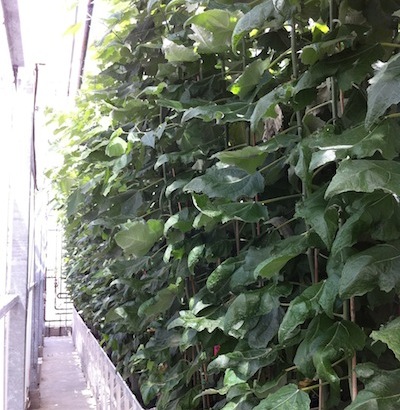
These poplar trees have been genetically engineered to produce a modified form of lignin, the ‘glue’ that holds wood together. By modifying the lignin, scientists can make it easier to separate valuable cellulose, which is made into paper, cardboard and other products. (Credit: Shawn Mansfield)
Wood contains both cellulose and lignin. Cellulose is the key component of paper, cardboard and other paper products. Lignin a material that is generally discarded as waste or burned for heat energy. The process of separating the two requires the use of both valuable energy and harmful chemicals.
Researchers have genetically engineered poplar trees to produce a chemically modified form of lignin that is easier to separate from cellulose. The resulting wood can be separated using fewer harmful chemicals and less energy than conventional wood
Original research paper published in the journal Science on April 3, 2014.
Names and affiliations of selected authors

